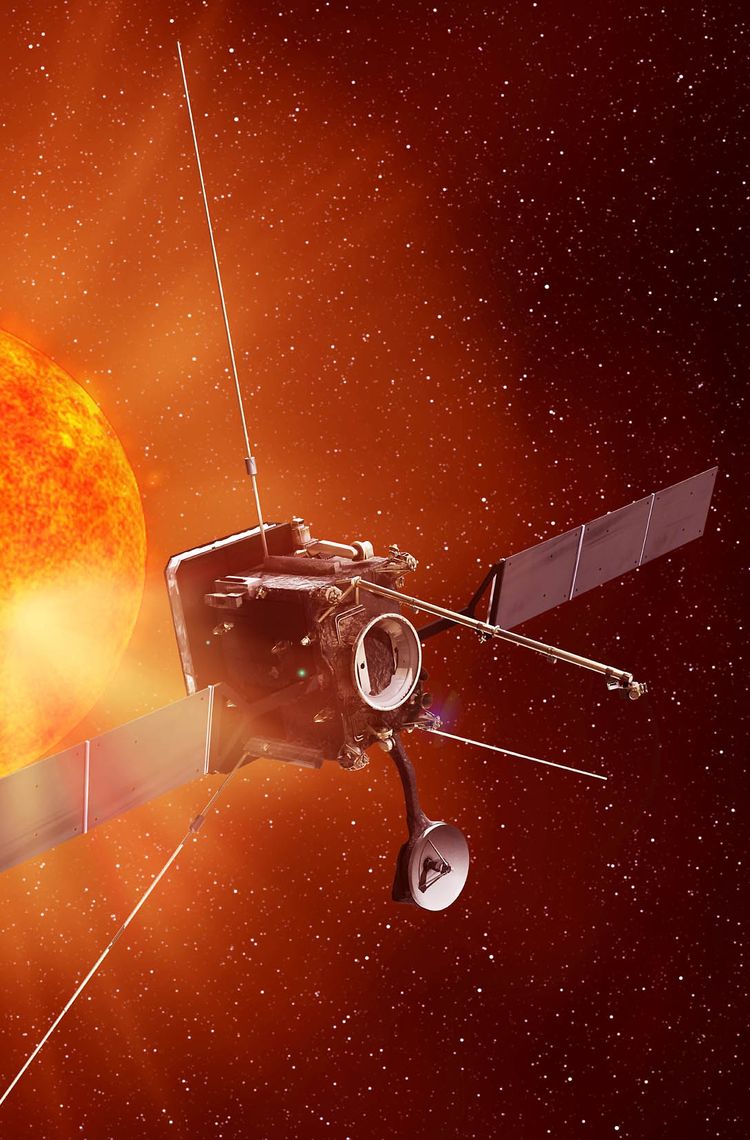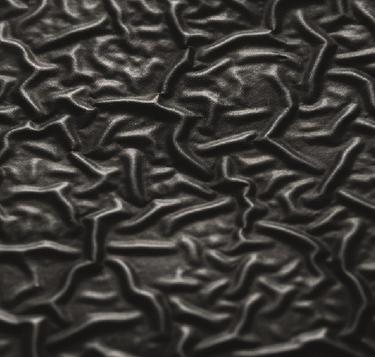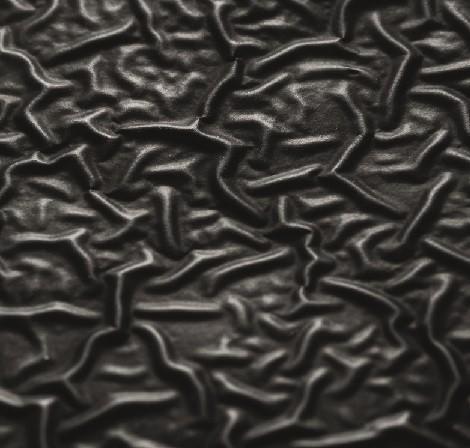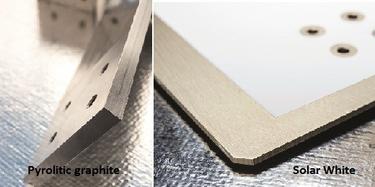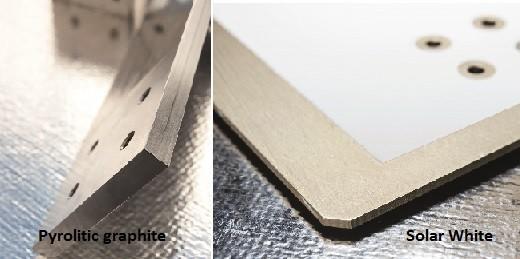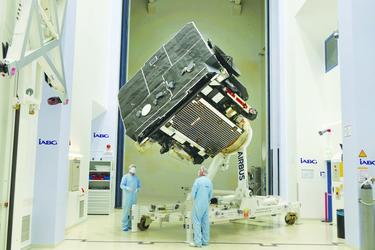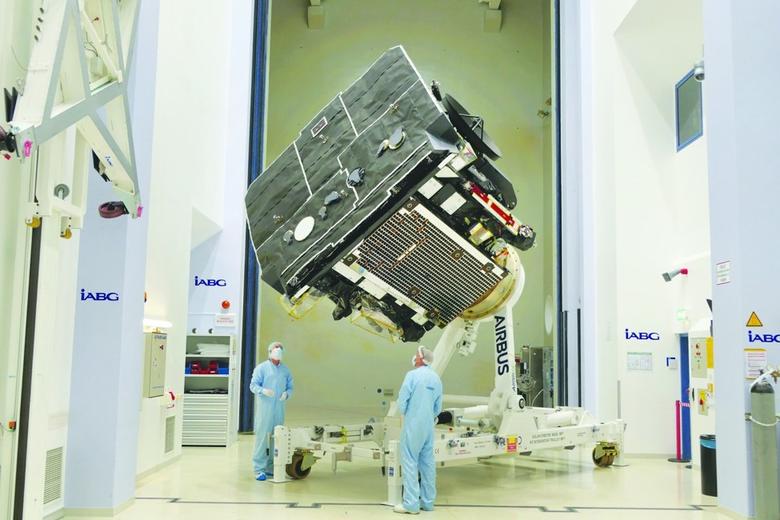With Solar Orbiter, Airbus engineers tackled huge challenges and extreme temperatures to send an unprecedented scientific mission into space.
The mission
When the European Space Agency’s Solar Orbiter left Earth, it set out on a 21-month journey, passing Venus and the orbit of Mercury before entering an orbit that’s very, very close to the Sun. And there it will stay for the next eight years, braving immense heat and blinding light every hour of every day.
First results are nothing short of a huge leap forward in our understanding of our closest star.
Why do we need to study the Sun?
The Sun not only provides the Earth with heat and light, but in today’s hi-tech world, it is vital we understand how the Sun’s electrical and magnetic influence affects the technology we rely on. Solar Orbiter will help us learn more about how the Sun generates its life-giving energy and how to protect our technology and way of life.
How did we do it?
Solar Orbiter was one of the most challenging and exciting missions we have ever designed and built – indeed, when the project was first kicked off many scientists believed it to be mission impossible.
Coping with the heat
At its closest approach to the Sun, Solar Orbiter will face temperatures exceeding 500°C at the front of the craft, while some of its instruments at the back will be exposed to temperatures as low as -180°C.
To protect the craft and its sensitive payload, the team created a heat shield made of titanium foil and covered in a special heat-emitting coating called SolarBlack. This shield is so effective at lowering the temperature that, although it is only 25cm thick, the back will remain at 100°C or lower, even when the front reaches 500°C. But blocking out the Sun was only the first problem we had to solve...
Staring at the Sun
The instruments on board Solar Orbiter need to be able to look at the Sun during operation. This means they can’t hide behind the heat shield. But with holes in the shield to let them see out, the instruments are once again exposed. To avoid destruction by the heat, let alone operate, the team had to find another way to keep them at low temperatures.
The solution lay in three ingenious materials, specially developed for this mission:
Kapton-encapsulated pyrolytic graphite thermal straps to transfer the heat coming through the holes in the shield to radiators
· Radiators coated in the uniquely reflective SolarWhite paint. What’s key for the radiators to work properly, is its ability to retain its white colour within the extreme UV environment.
· Glass fibre reinforced plastic feet for the radiators with almost zero conductivity to avoid conducting heat back to the spacecraft.
By combining the properties of these three advanced materials, the Airbus team created a solution that diverts heat straight through the spacecraft and back out again – keeping the instruments cool enough to stare at the Sun.
Bringing it all together
Once the team had worked out how to block the Sun, and a clever system to let the instruments peek out from behind it, the final challenge was making sure that its instruments could do their job.
While most scientific spacecraft are built around the needs of a single sensing instrument, Solar Orbiter carries ten. All measuring different things, and all with conflicting requirements.
By balancing the needs of these ten different instruments, Solar Orbiter is able to utilise their combined results to create a unique cause-and-effect picture of how the Sun works as a system.
Our team overcame immense heat, vast distances and conflicting instrument needs so that everything on Solar Orbiter can work together to deliver incredible new knowledge.
And this was not Airbus’ first venture into our solar system. Our teams have risen to the challenges of helping unlock many secrets of our universe – from missions to Mars, Venus and Mercury to the Rosetta comet-chaser and Gaia star-mapper, the Sun is again in our sights before turning our attentions to the gaseous mists of Jupiter next year.
